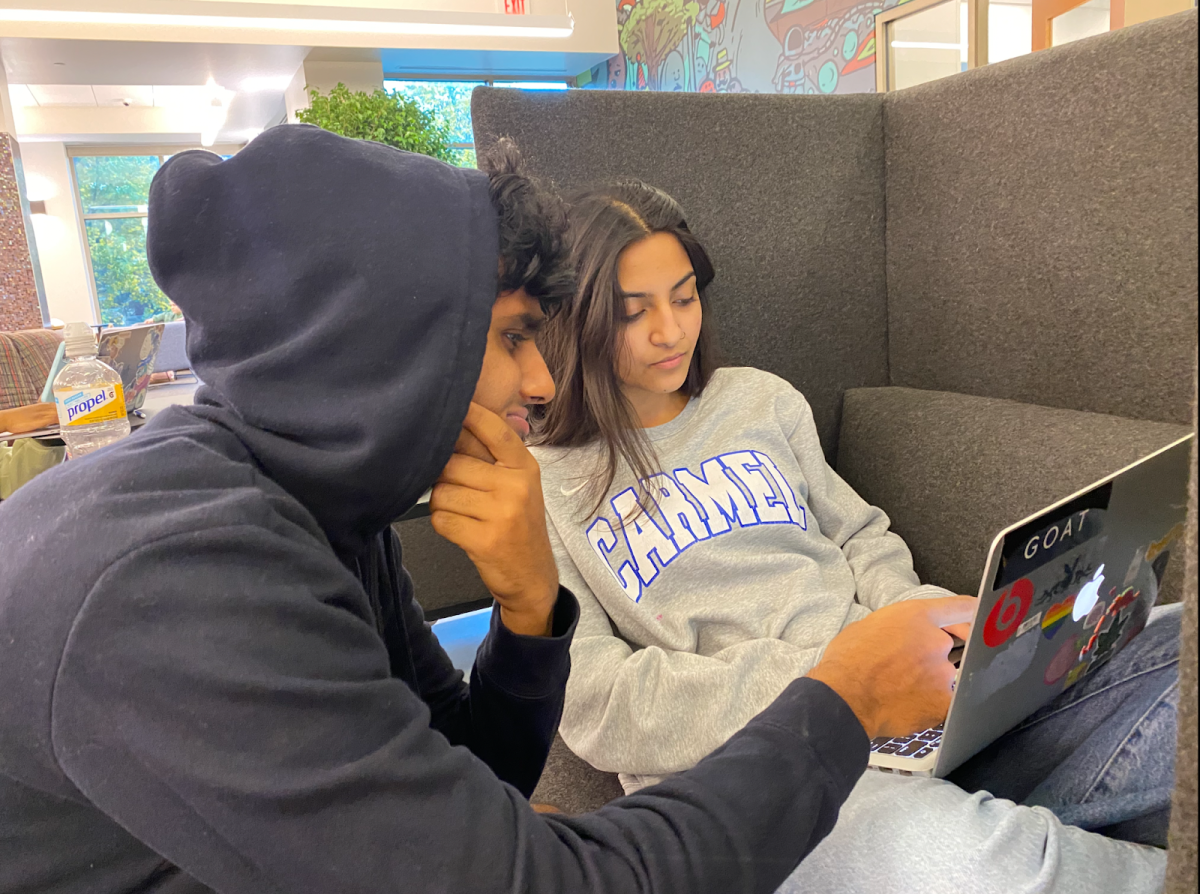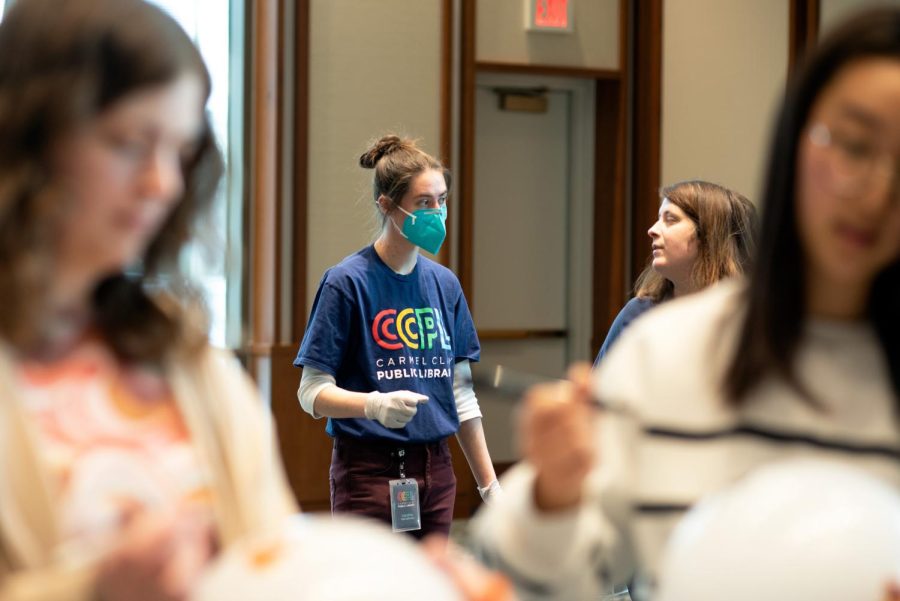On March 11, Carmel Clay Parks & Recreation will host an informative event regarding the Early Detection and Distribution Mapping System (EDDMapS) open to the public at the Monon Community Center. Led by Natural Resources Coordinator Brittany McAdams, attendees will learn about the program and how to create an EDDMapS account.
EDDMapS is an online mapping system for tracking invasive species distribution. Users can submit their observations to the app, allowing for real-time tracking of invasive species. According to the EDDMapS website, by gathering mass data from throughout the nation, scientists will better understand their growth trends in order to come up with solutions to stop the spread of invasive species.
The use of the EDDMapS app is not the only step the state has taken against invasive species. Launched in late 2017, the Southern Indiana Cooperative Invasives Management (SICIM) and the USDA Natural Resources Conservation Service (NRCS) developed local Cooperative Invasive Species Management Areas (CISMAs) in Indiana to combat invasive plants and raise awareness for their effects.
In regard to the upcoming event, the HiLite talked to Fran Rushing, AP Environmental Science teacher, and Ben Ring, Environmental Action Club co-president and junior to hear their perspectives on the fight against invasive species.
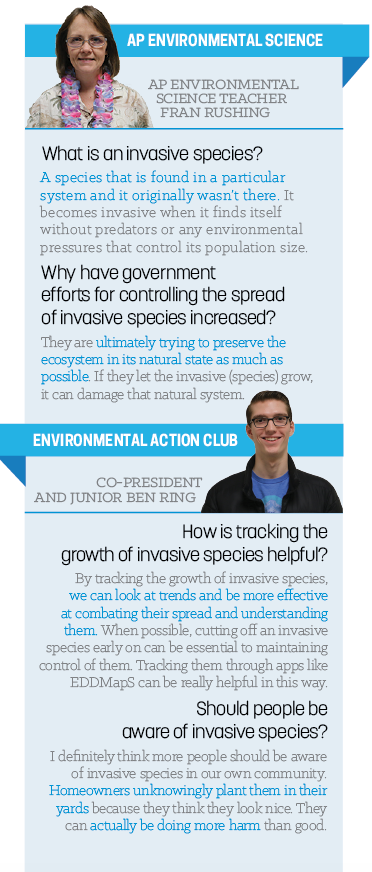
Q & A with Natural Resources Coordinator Brittany McAdams
How will the app help stop the spread of invasive species in our county?
Put simply, the more people looking, the more likely an invasive species will be detected and the sooner land managers can control the spread. EDDMapS creates a platform where the invasive species detection force can expand far beyond what land managers have been able to do previously. EDDMapS allows users to associate an invasive species sighting with a location, description of the infestation, pictures, and a contact who can then be contacted by land managers to gather more information about the sighting. This greatly increases our knowledge base about the presence and extent of invasive species, allowing land managers, property owners, and community members to take unifying action towards treatment and eradication of invasive species in our county.
Why has CCPR decided to host the event?
Time and time again we have seen an interest in our community toward conservation and environmental stewardship, especially in the parks. Invasive species management is an integral part of our job as park managers and using EDDMapS gives our community a platform to be environmental stewards in the effort on invasive species management. The benefits are endless to both the community and park managers who, through EDDMapS, are working together to build a sustainable future for our parks.
What are some of the characteristics of the app?
There are many desirable characteristics about this app, but the three that are essential to us are the ability to map invasive species in real time, to include photos in your report, and to share contact information. The first two gives us the basic data necessary to manage the invasion, but the third provides an opportunity to involve the identifier in the treatment and removal process.
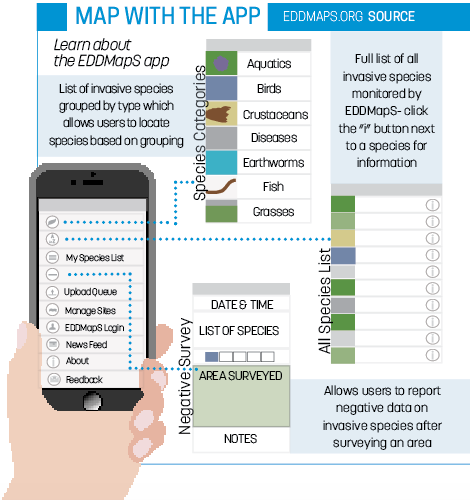
Why is it important for the public to be aware of the issue of invasive species?
Invasive species are called ‘invasive’ because they have the ability to spread rapidly and outcompete native plants. Invasive species do not follow property lines, and an invasive species in a neighborhood can soon become an invasive species in the parks, and vice versa. One of the most effective things the public can do to prevent the spread is to buy and plant native species. Many landscaping plants are non-native, and become troublesome invasive species in the parks. A great example is Asian bush honeysuckle — once thought to be beneficial to wildlife — this plant has proven to be an aggressive invader with little nutritional value to wildlife. From a landscaping point of view, it provides excellent screening, but so do dogwoods, buttonbush, serviceberry, and spicebush, all of which are native plants with positive wildlife value. Having knowledge of the invasive species in your area, including landscaping plants, has huge implications for stopping invasive species from the introduction source.
Complete Q&A with Ben Ring, Environmental Action President and junior
Why are invasive species a threat to our environment?
Invasive species can be a serious threat to our environment depending on their ability to reproduce and thrive in a new area. For example, a certain plant is able to spread rapidly in a non-native area, it can ruin the ability of native plants to use the same resources to grow. Native plants are important in ecosystems, and can be threatened by these invasive species.
How has Environmental Action Club addressed the issue of invasive species in past meetings?
In our last EAC meeting, we had a guest speaker come out and talk about invasive species in our own community. The guest speaker was Amanda Smith, who works at Cool Creek Park. She gave a lot of great information about invasive species that affect our own lives and how they’re all around us, in many cases by design.
How can tracking the growth of invasive species help solve this problem?
By tracking the growth of invasive species, we can look at trends and be more effective at combating their spread and understanding them. When possible, cutting off an invasive species early on can be essential to maintaining control of them before they get out of hand. Tracking them through apps like EDDMapS can be really helpful in this way.
Should people be more aware of this issue?
I definitely think more people should be aware of invasive species in our own community. In many cases, homeowners unknowingly plant them in their yards because they think they look nice. While they might see it as making their home look nice while contributing to the environment, they can actually be doing more harm than good. Knowing what to avoid when buying plants can make a huge difference.
On March 11th, the Monon Center is hosting an event to get people signed up for this app and to learn more about how it works. Would you encourage people to attend this event?
“I think the event at the Monon Center seems like a great idea. Many people just aren’t aware of how widespread a problem invasive species are, and increasing awareness would be very valuable.”
Is there anything that I haven’t asked you that you would like readers to know?
“The biggest thing to be mindful of is choosing new plants to plant. We like to think of invasive species as animals or insects, but plants are one thing that we are usually responsible for. Just spending a few minutes to find out which plants are native and going for those can be very helpful at supporting the local ecosystem.”
Complete Q&A with Fran Rushing, AP Environmental Science teacher
What is an invasive species?
“The way that I define an invasive species is a species that is found in a particular system and it originally wasn’t there; it didn’t evolve in that space. It was brought in accidently or on purpose, which both instances have occured. It becomes invasive when it finds itself without predators or any environmental pressures that control its population size and is in its favorable environment. It will tend to grow its population size larger and that disrupts the other things that are a part of that system. They take up space and are using up vital resources so it is hurting those things that are naturally there.”
Why have government efforts toward controlling the spread of invasive species increased?
“Any invasive species can harm the natural ecosystem because if it finds itself in a favorable ecosystem and continues to grow, it’s going to end up using all the resources and maybe cause population sizes of things that should be (in the environment) to decline. When folks in the Department of Natural Resources, for instance, are trying to get rid of wild mustard, they are ultimately trying to preserve the ecosystem in its natural state as much as possible. If they let the invasive (species) to grow, it can damage that natural system.”
Why should people pay attention to the issue of invasive species?
“I don’t pay attention to (invasive species) as much I should around my own home and my own yard. I probably have some invasive species that I haven’t paid attention to but maybe I should.”


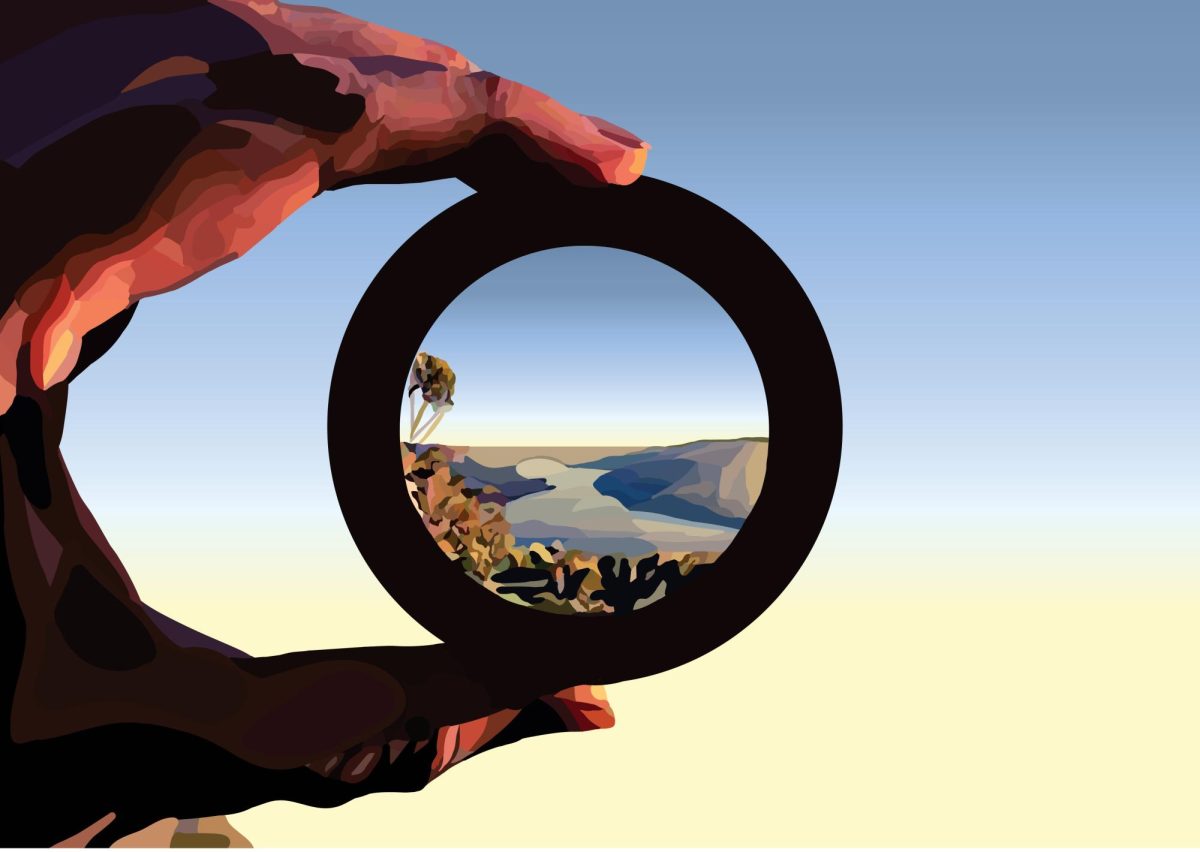



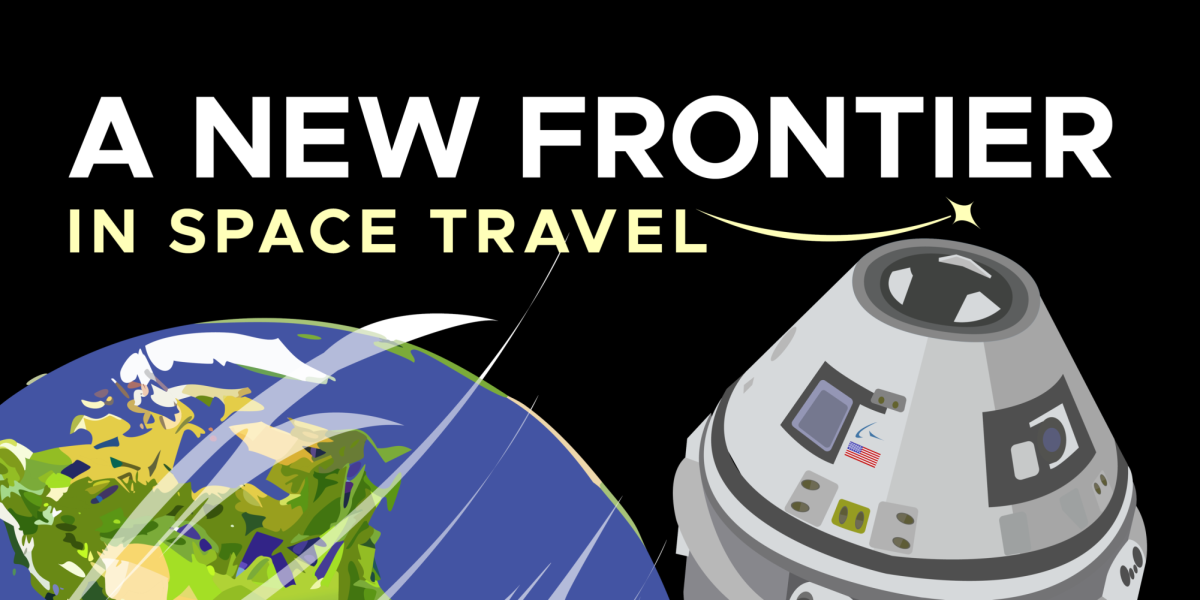



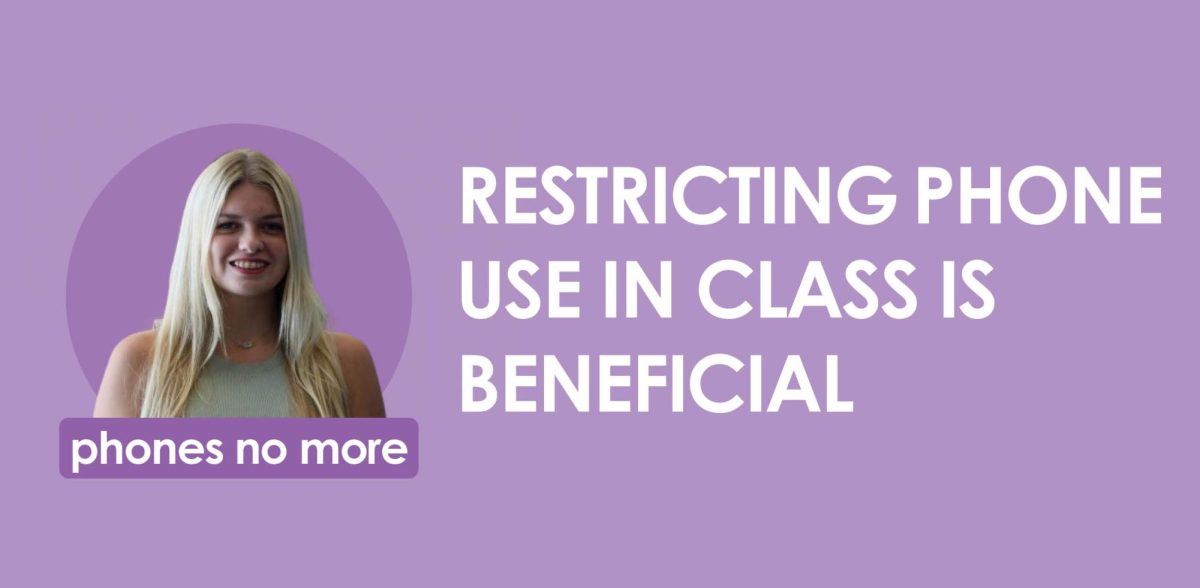
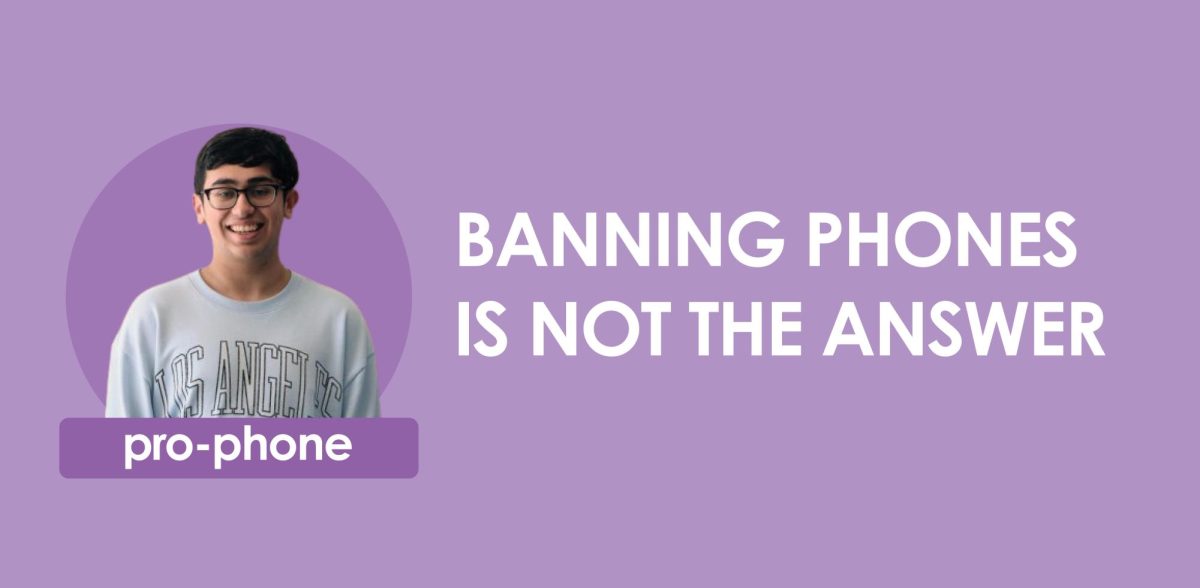
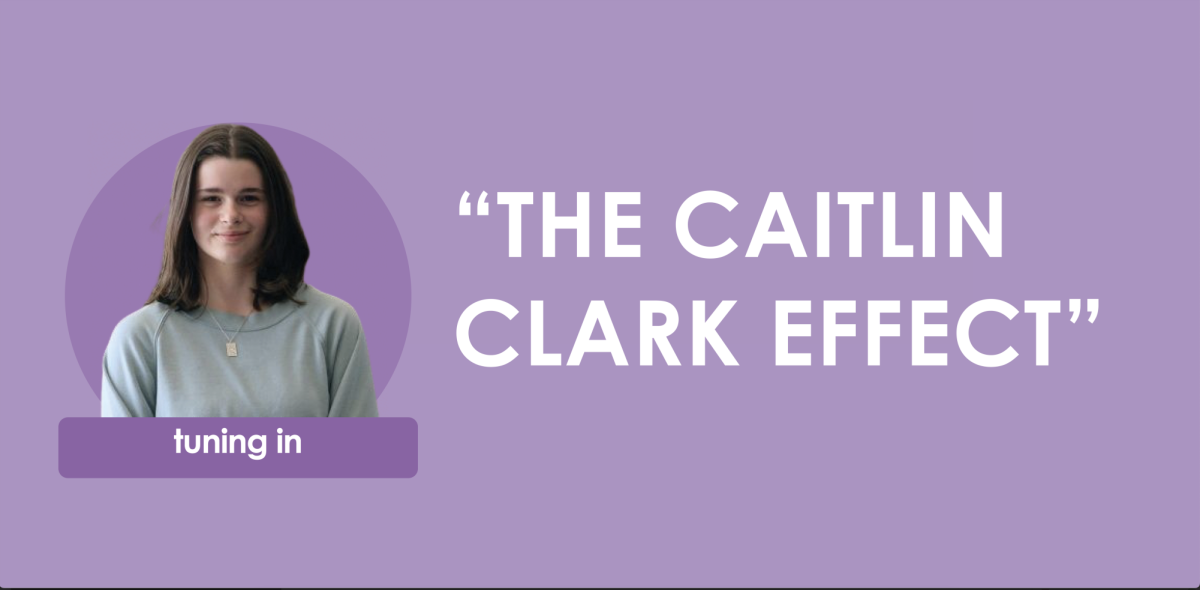




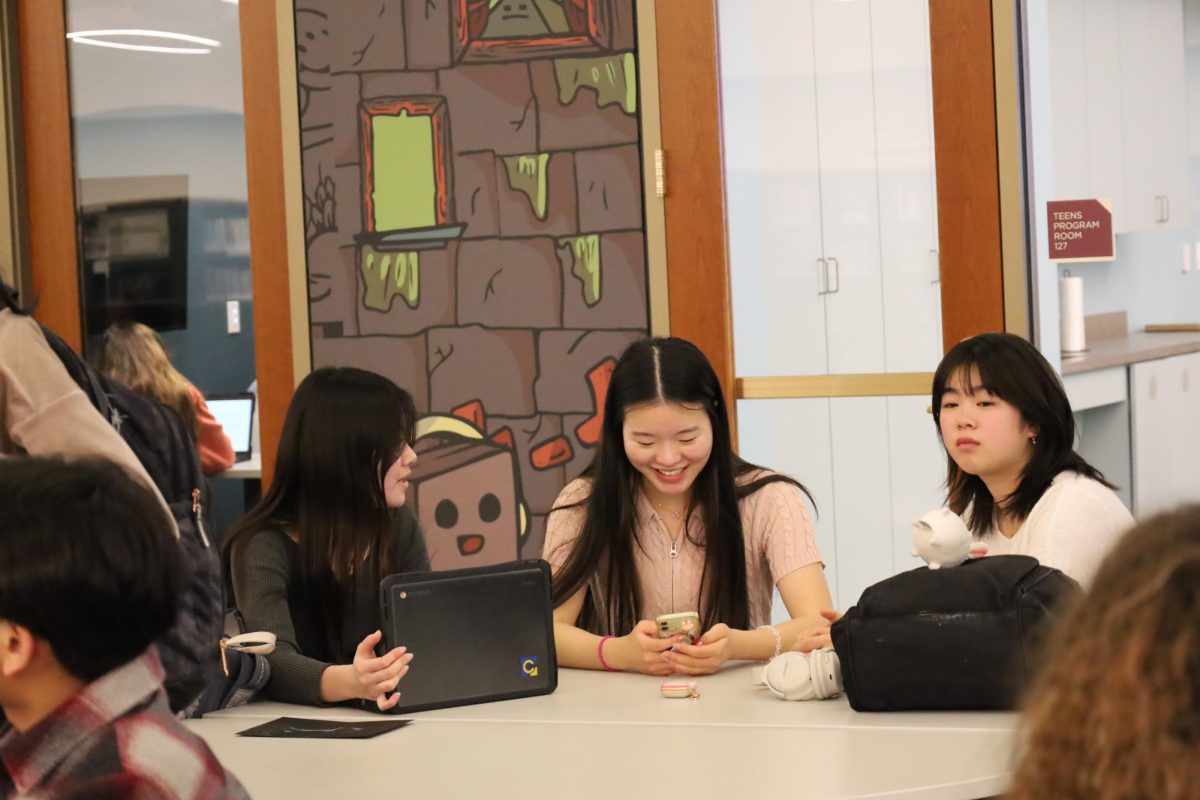
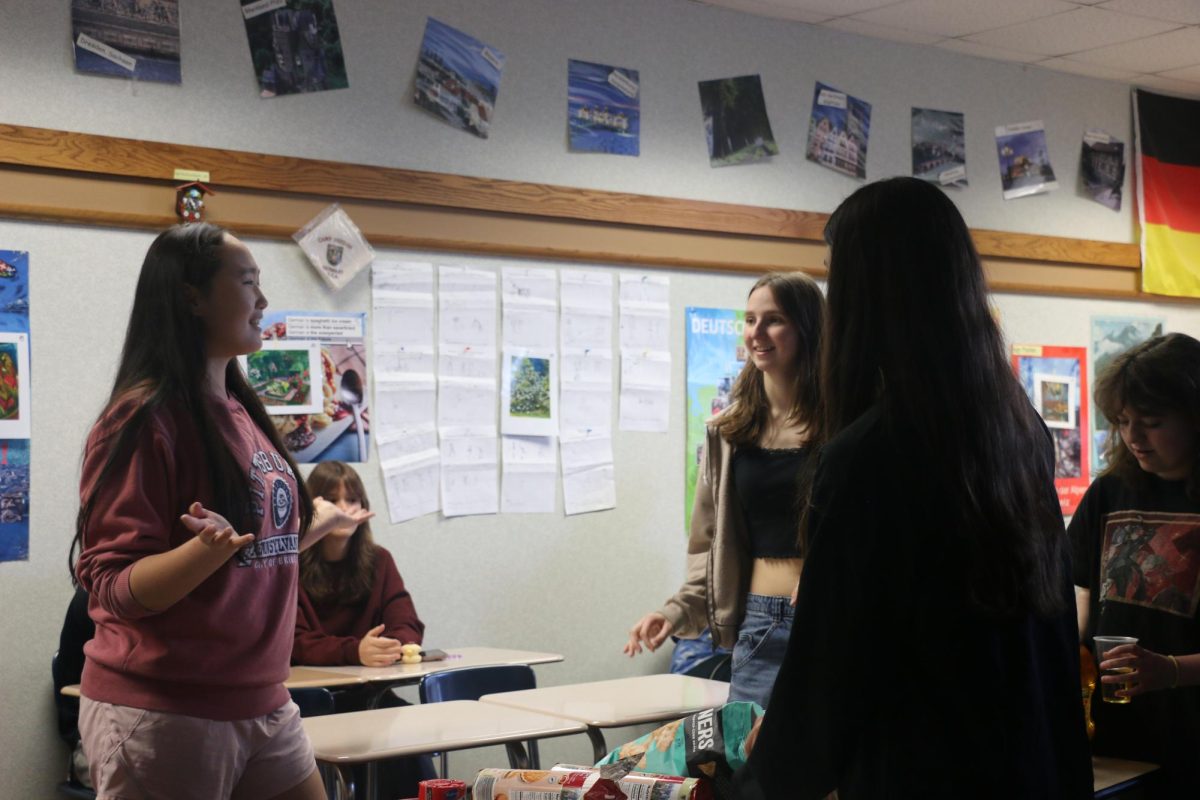






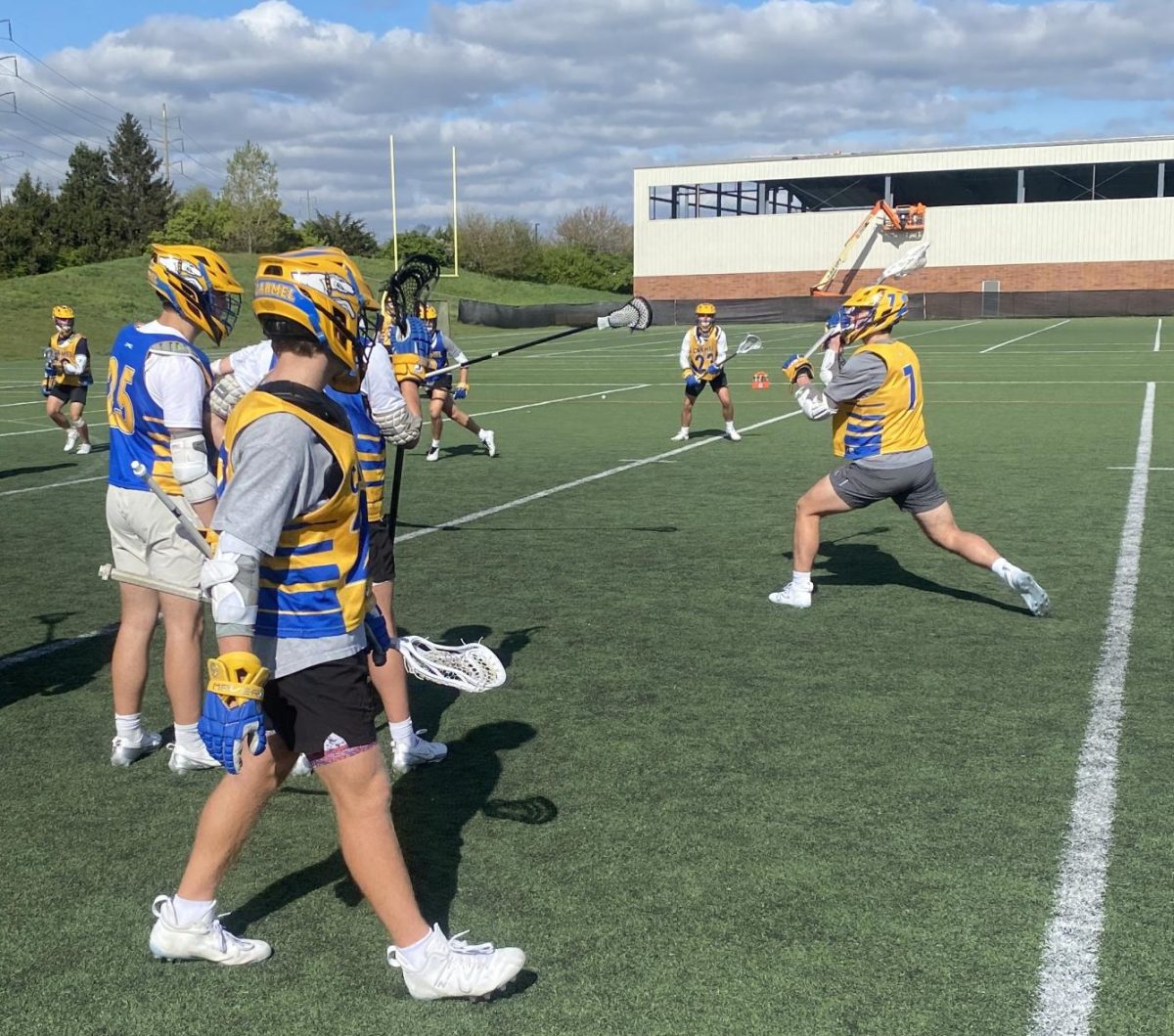




![Family vlogger controversy, need for content reform [opinion]](https://hilite.org/wp-content/uploads/2024/05/Screenshot-2024-05-14-11.33.37-AM-1200x465.png)


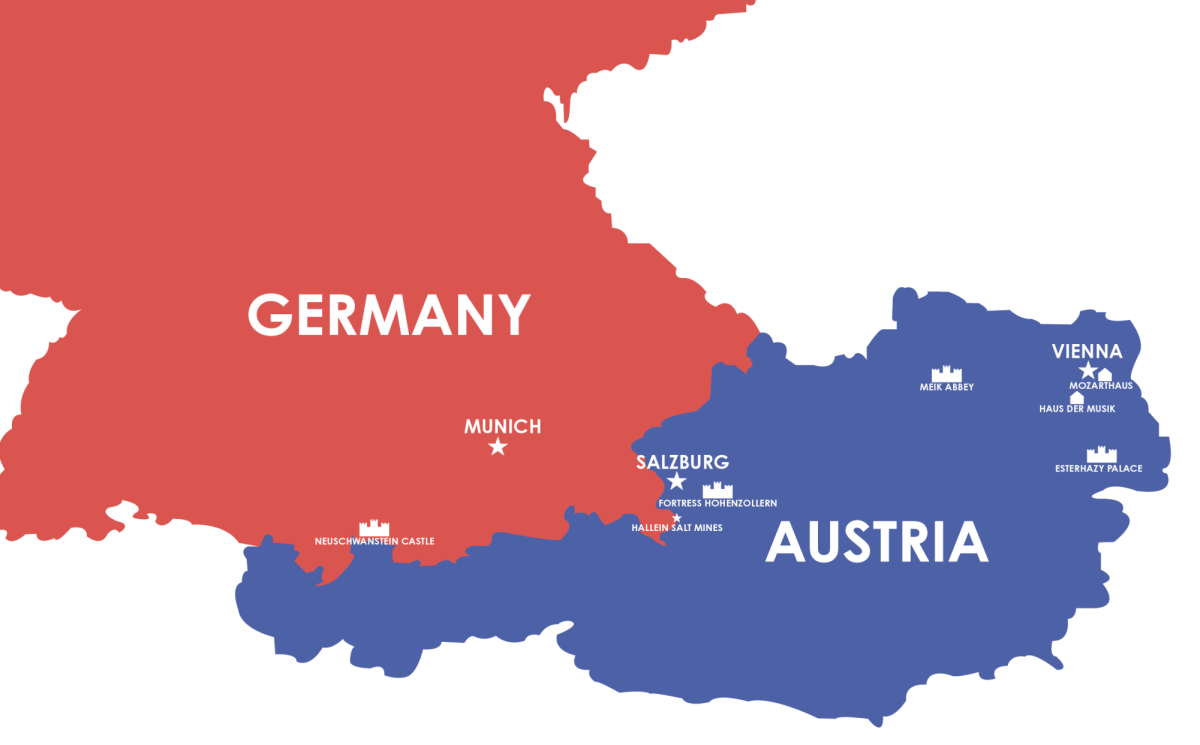


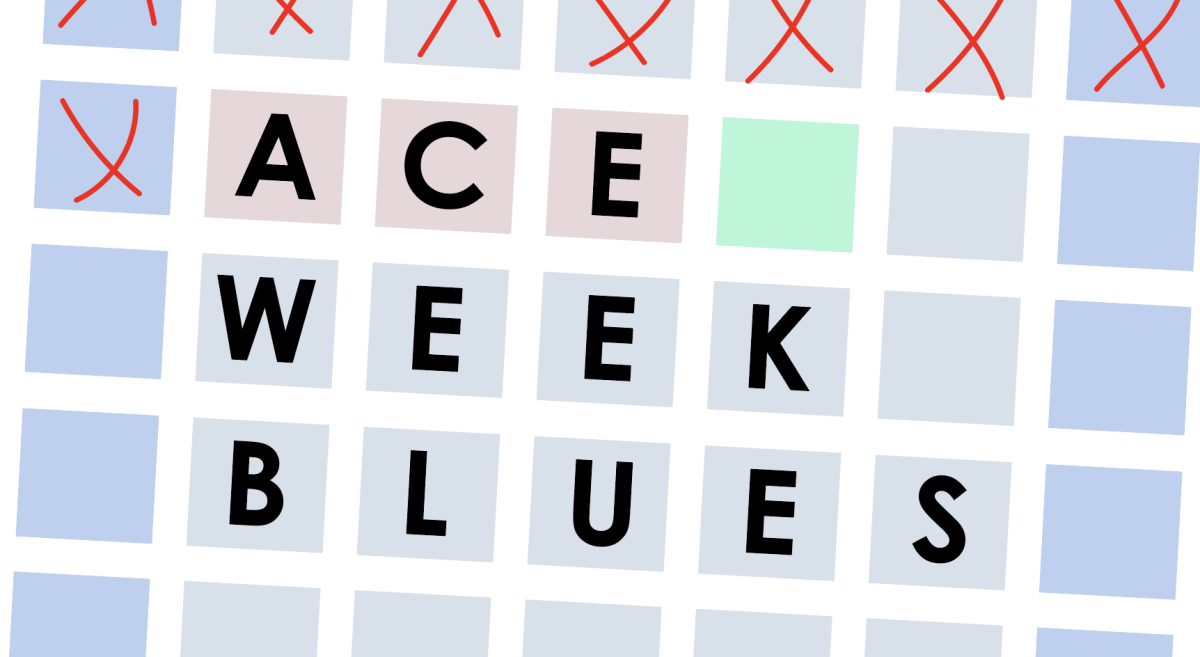
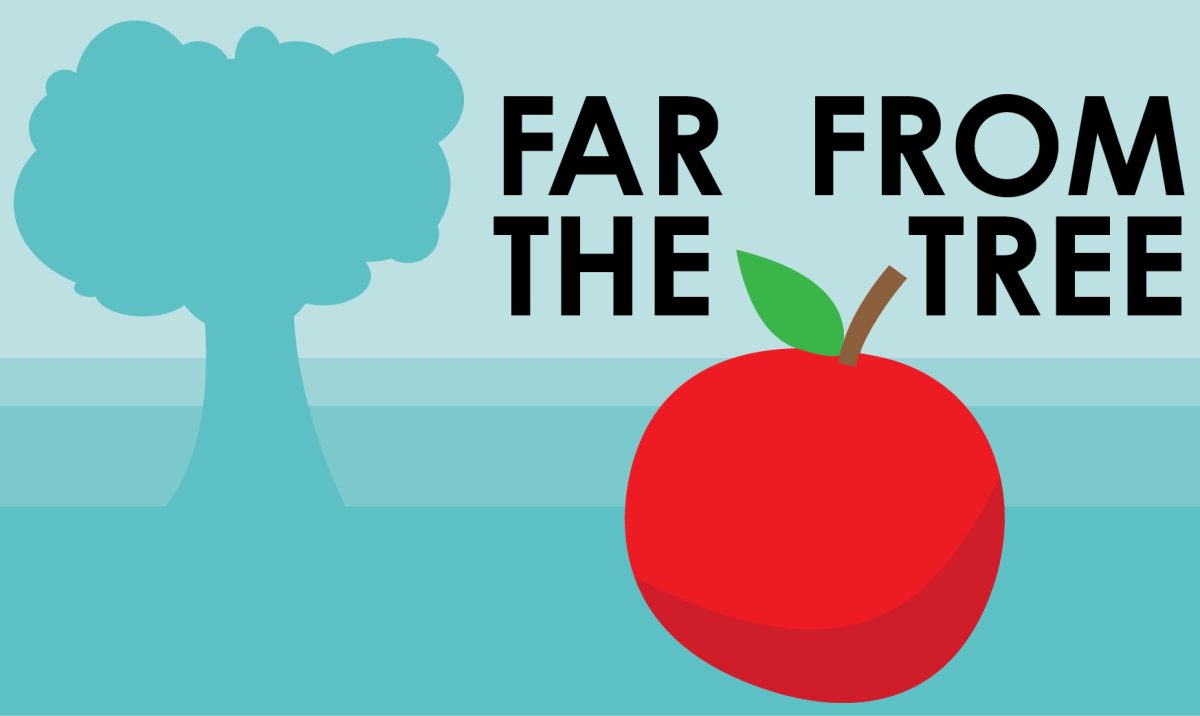
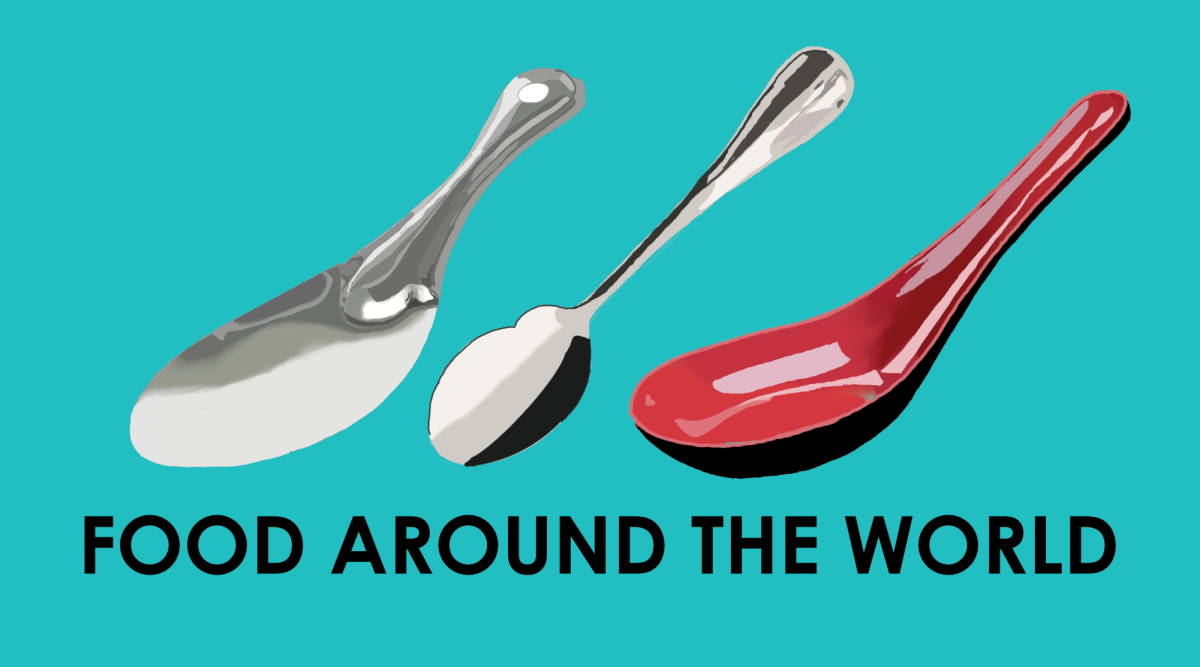
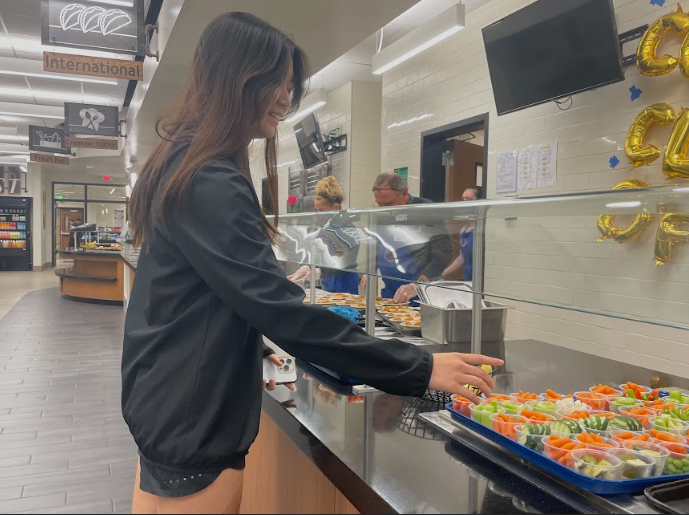
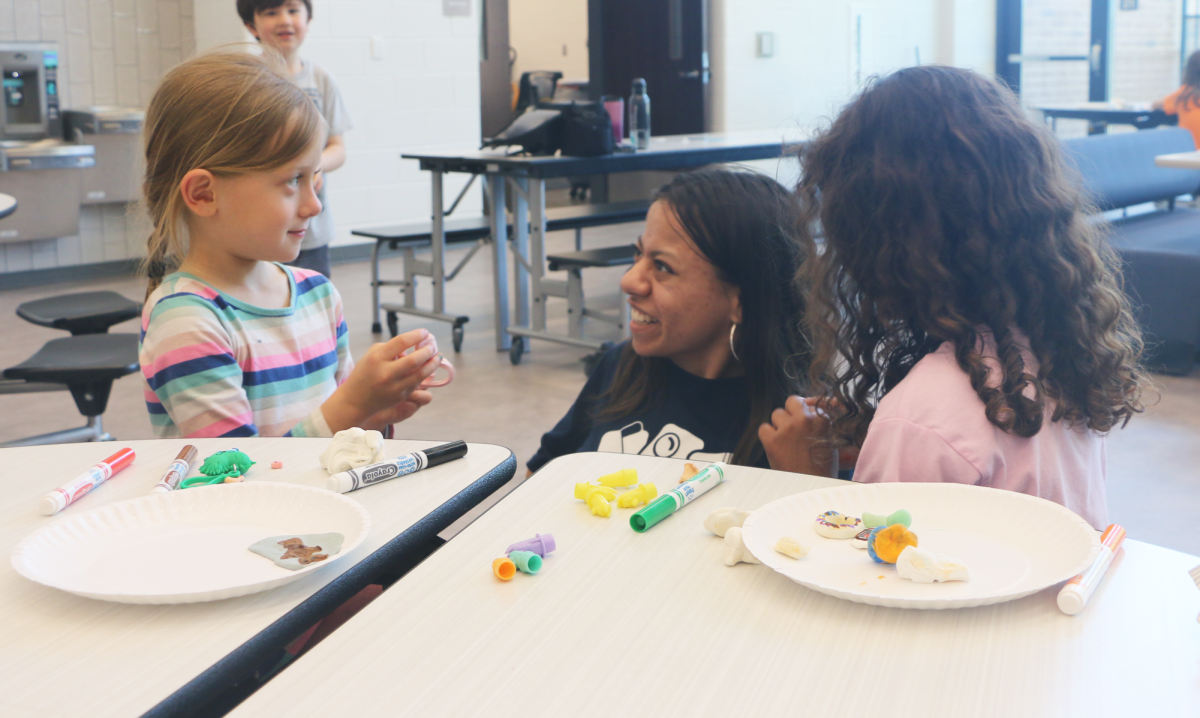














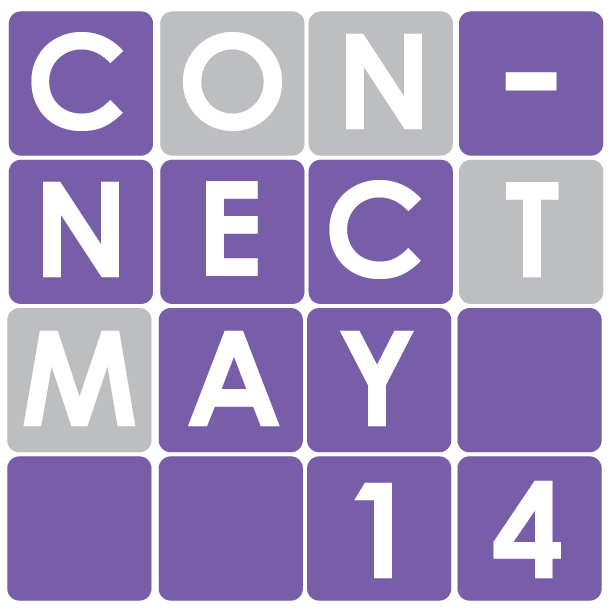
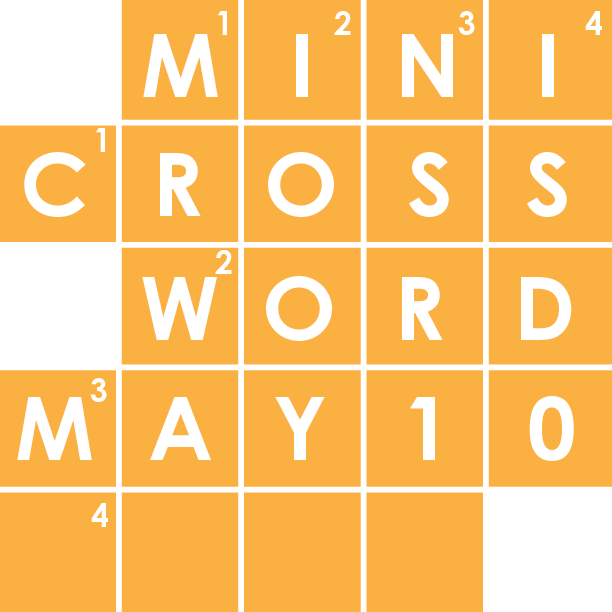

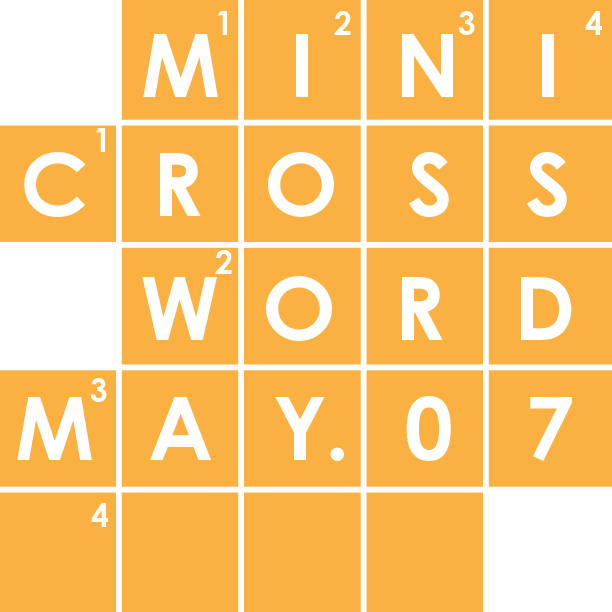
![Review: Taylor Swift’s new album The Tortured Poets Department is not her best work but is still a brilliant album [MUSE]](https://hilite.org/wp-content/uploads/2024/05/The-Anthology_Cover-1200x675.webp)
![Review: Challengers does it all [MUSE]](https://hilite.org/wp-content/uploads/2024/05/challengers-poster-1200x600.png)
![Review: A House of Flame and Shadow by Sarah J. Maas was a disappointing read [MUSE]](https://hilite.org/wp-content/uploads/2024/05/house-of-flame-and-shadow-feature.png)
![Review: Conan Gray’s new album, “Found Heaven”, is a refreshing twist on modern music [MUSE]](https://hilite.org/wp-content/uploads/2024/05/Screenshot-2023-10-31-at-16.01.05.webp)
![Review: “Bodies, Bodies, Bodies” is the quintessential Gen-Z movie [MUSE]](https://hilite.org/wp-content/uploads/2024/05/Screenshot-2024-05-15-140618.png)
![Review in Print: Maripaz Villar brings a delightfully unique style to the world of WEBTOON [MUSE]](https://hilite.org/wp-content/uploads/2023/12/maripazcover-1200x960.jpg)
![Review: “The Sword of Kaigen” is a masterpiece [MUSE]](https://hilite.org/wp-content/uploads/2023/11/Screenshot-2023-11-26-201051.png)
![Review: Gateron Oil Kings, great linear switches, okay price [MUSE]](https://hilite.org/wp-content/uploads/2023/11/Screenshot-2023-11-26-200553.png)
![Review: “A Haunting in Venice” is a significant improvement from other Agatha Christie adaptations [MUSE]](https://hilite.org/wp-content/uploads/2023/11/e7ee2938a6d422669771bce6d8088521.jpg)
![Review: A Thanksgiving story from elementary school, still just as interesting [MUSE]](https://hilite.org/wp-content/uploads/2023/11/Screenshot-2023-11-26-195514-987x1200.png)
![Review: When I Fly Towards You, cute, uplifting youth drama [MUSE]](https://hilite.org/wp-content/uploads/2023/09/When-I-Fly-Towards-You-Chinese-drama.png)
![Postcards from Muse: Hawaii Travel Diary [MUSE]](https://hilite.org/wp-content/uploads/2023/09/My-project-1-1200x1200.jpg)
![Review: Ladybug & Cat Noir: The Movie, departure from original show [MUSE]](https://hilite.org/wp-content/uploads/2023/09/Ladybug__Cat_Noir_-_The_Movie_poster.jpg)
![Review in Print: Hidden Love is the cute, uplifting drama everyone needs [MUSE]](https://hilite.org/wp-content/uploads/2023/09/hiddenlovecover-e1693597208225-1030x1200.png)
![Review in Print: Heartstopper is the heartwarming queer romance we all need [MUSE]](https://hilite.org/wp-content/uploads/2023/08/museheartstoppercover-1200x654.png)











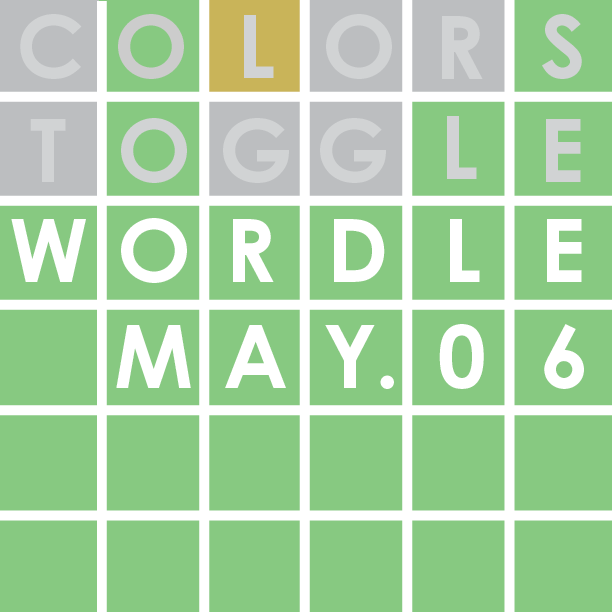

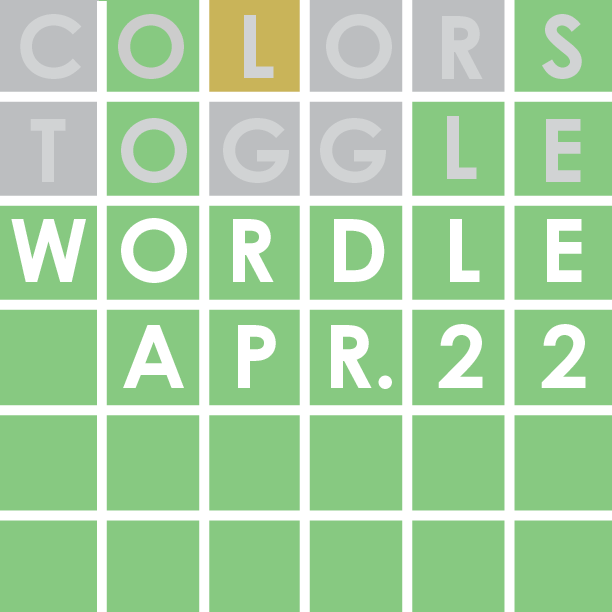

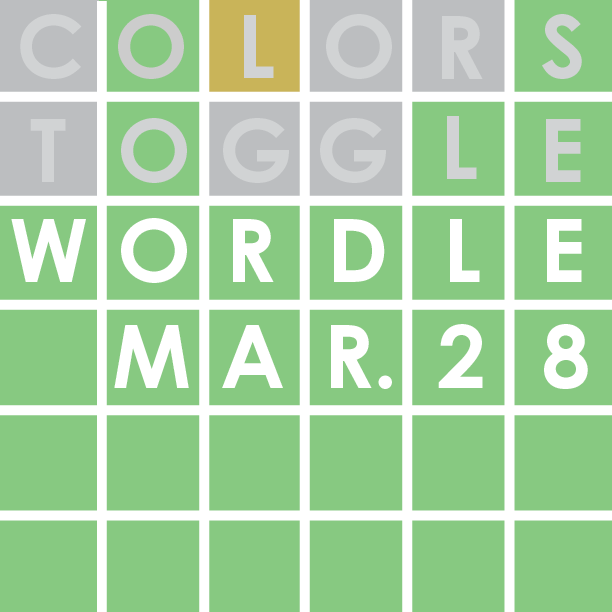






![Review: “Ginny & Georgia” is a dramatic and poorly made emotional rollercoaster–and I loved it anyway [MUSE]](https://hilite.org/wp-content/uploads/2024/03/ginny-and-georgia-season2-main-be37bbb9487a41e88b3f66c3baacd5c3-300x177.jpg)
![Review: Witch Hat Atelier is a masterpiece in art and world-building, but the story has only begun [MUSE]](https://hilite.org/wp-content/uploads/2024/01/unnamed-211x300.png)
![Review: “Mysterious Lotus Casebook” is an amazing historical Chinese drama [MUSE]](https://hilite.org/wp-content/uploads/2024/03/0-300x170.webp)
![Review: “A Little Life” by Hanya Yanagihara is the epitome of a heartwrenching masterpiece [MUSE]](https://hilite.org/wp-content/uploads/2024/01/unnamed-5-300x200.png)


